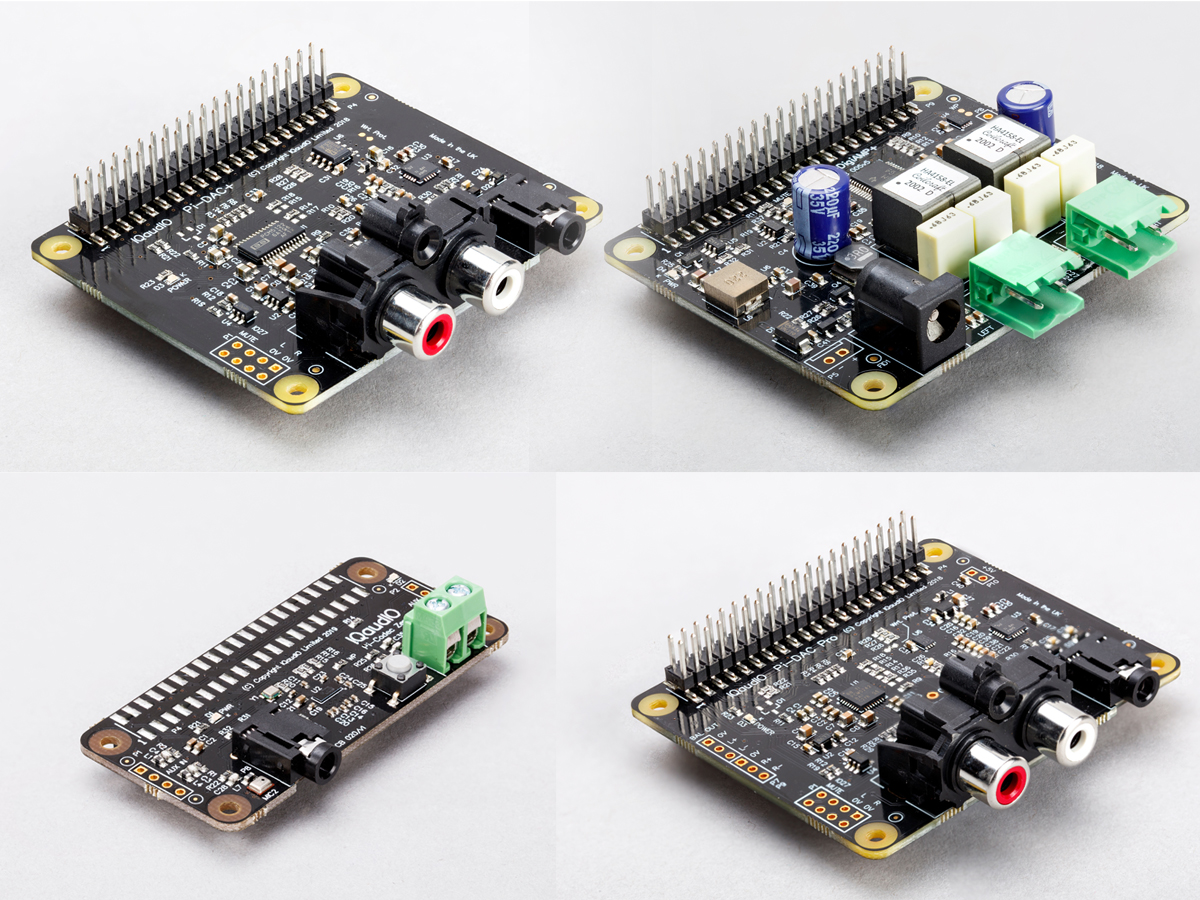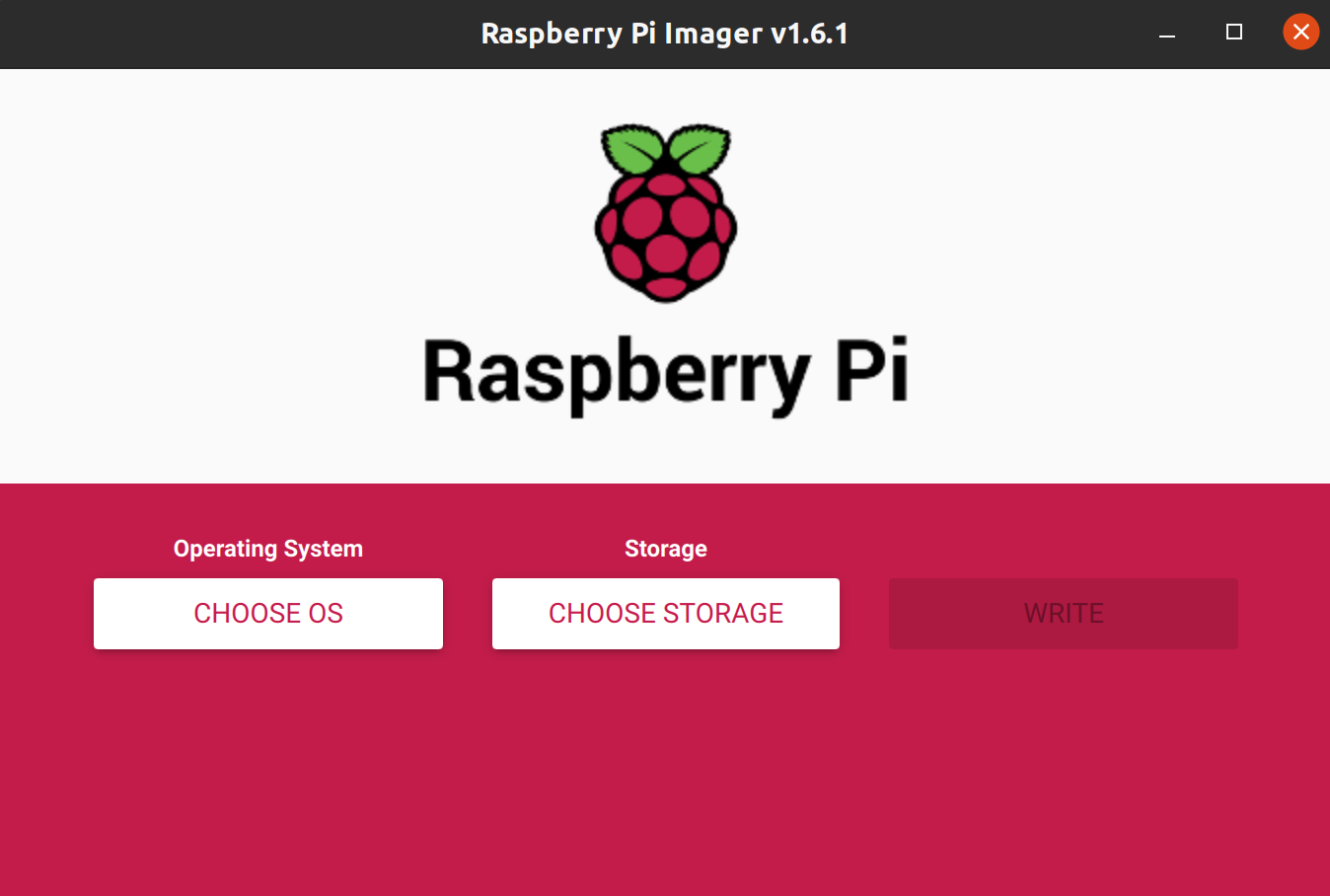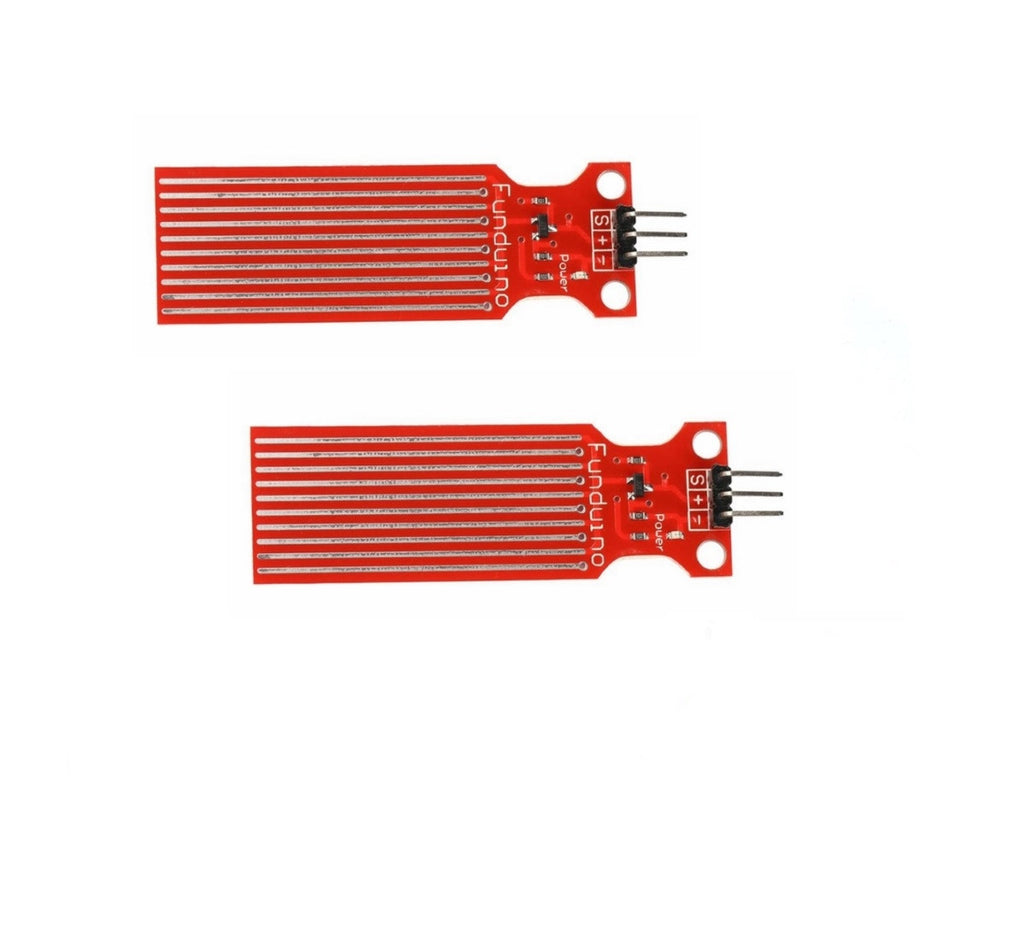

- #PARALLELS 2X RASPBERRY PI HOW TO#
- #PARALLELS 2X RASPBERRY PI UPDATE#
- #PARALLELS 2X RASPBERRY PI CODE#
- #PARALLELS 2X RASPBERRY PI LICENSE#
- #PARALLELS 2X RASPBERRY PI DOWNLOAD#
#PARALLELS 2X RASPBERRY PI CODE#
There are a couple things you may need to change in the code above, depending on your set up. Self.lcd_device.write_cmd(LCD_NOBACKLIGHT)ĭef lcd_load_custom_chars(self, fontdata): # define backlight on/off (lcd.backlight(1) off= lcd.backlight(0)ĭef backlight(self, state): # for state, 1 = on, 0 = off # put string function with optional char positioningĭef lcd_display_string(self, string, line=1, pos=0): Self.lcd_write_four_bits(mode | ((charvalue << 4) & 0xF0)) Self.lcd_write_four_bits(mode | (charvalue & 0xF0)) # write a character to lcd (or character rom) 0x09: backlight | RS=DR<ĭef lcd_write_char(self, charvalue, mode=1): Self.lcd_write_four_bits(mode | (cmd & 0xF0)) Self.lcd_device.write_cmd(data | LCD_BACKLIGHT) Self.lcd_device.write_cmd(((data & ~En) | LCD_BACKLIGHT)) Self.lcd_device.write_cmd(data | En | LCD_BACKLIGHT) Self.lcd_write(LCD_ENTRYMODESET | LCD_ENTRYLEFT)

Self.lcd_write(LCD_DISPLAYCONTROL | LCD_DISPLAYON) Self.lcd_write(LCD_FUNCTIONSET | LCD_2LINE | LCD_5x8DOTS | LCD_4BITMODE) # i2c bus (0 - original Pi, 1 - Rev 2 Pi) # added bits and pieces from various sources # Joined existing 'i2c_lib.py' and 'lcddriver.py' into a single library # Modified Python I2C library for Raspberry Pi

#PARALLELS 2X RASPBERRY PI LICENSE#
Made available under GNU GENERAL PUBLIC LICENSE This library was originally posted here, then expanded and improved by GitHub user DenisFromHR.Ĭopy this code for the library, then save it in a file named I2C_LCD_driver.py: # -*- coding: utf-8 -*-Ĭompiled, mashed and generally mutilated 2014-2015 by Denis Pleic I found a Python I2C library that has a good set of functions and works pretty well.
#PARALLELS 2X RASPBERRY PI HOW TO#
We’ll be using Python to program the LCD, so if this is your first time writing/running a Python program, you may want to check out How to Write and Run a Python Program on the Raspberry Pi before proceeding. Take note of this number, we’ll need it later.

Here’s the video version of this tutorial, where I go through the setup and show all of the programming examples below: How to Setup an LCD on the Raspberry Pi and Program it With Python.How to Setup an LCD on the Raspberry Pi and Program it With C.If you don’t have an I2C enabled LCD or a PCF8574, these tutorials will show you how to connect an LCD with the GPIO pins: I’ll also show you how to program the LCD using Python, and provide examples for how to print and position the text, clear the screen, scroll text, print data from a sensor, print the date and time, and print the IP address of your Pi. I’ll explain how to connect it both ways in a minute. The PCF8574 converts the I2C signal sent from the Pi into a parallel signal that can be used by the LCD. But the hardcore DIY way is to use a standard HD44780 LCD and connect it to the Pi via a chip called the PCF8574. The simplest is to get an LCD with an I2C backpack. There are a couple ways to use I2C to connect an LCD to the Raspberry Pi. It covers all of the steps, diagrams, and code you need to get started.
#PARALLELS 2X RASPBERRY PI DOWNLOAD#
Over five million units of the Raspberry Pi have been shipped since its launch in 2012, and it is just as popular among consumers as it is in the education and enterprise sectors.BONUS: I made a quick start guide for this tutorial that you can download and go back to later if you can’t set this up right now. Parallels plans to show off a Raspberry Pi with Parallels 2X RAS on board during the Microsoft Ignite conference next week. Raspberry Pi joins a plethora of other devices supported by Parallels 2X that includes Chromebooks, Windows PCs, Macs, Linux workstations, Android, iOS, Windows Phone, and HTML5 browsers. The Windows client management that is part of Parallels 2X lets IT administrators control Windows devices, set passwords and shows PCs to give remote assistance. “The Parallels 2X team adapted its well-known client for Linux to maximise performance and user experience for Raspberry Pi,” explained Parallels 2X marketing director Giorgio Bonuccelli.īringing this functionality to the Raspberry Pi makes it more relevant for the enterprise sector.
#PARALLELS 2X RASPBERRY PI UPDATE#
The update to Parallels’ 2X Remote Application Server (RAS) means that businesses can run full Windows remote desktops and virtualised applications safely at a level sufficient for the demands of enterprises. The addition of Parallels 2X support has been added to Raspberry Pi, making the credit card sized computer even more attractive to enterprise users.


 0 kommentar(er)
0 kommentar(er)
